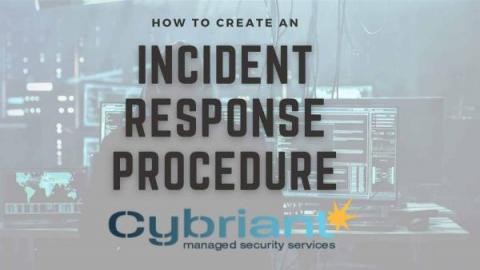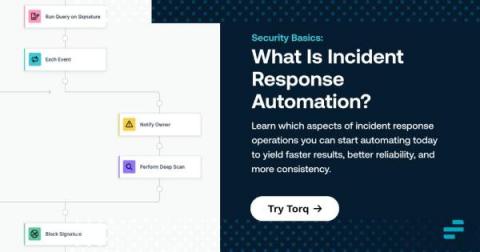6 Steps to Successful IR: Containment
In the previous blog post, we discussed the importance of having a successful Incident Response Plan. In this blog post, we will go over the steps necessary to contain a breach. Containment is key to preventing the breach from spreading and affecting other parts of your business. By following these six steps, you can minimize the damage caused by a data breach and improve your chances of recovering quickly.











